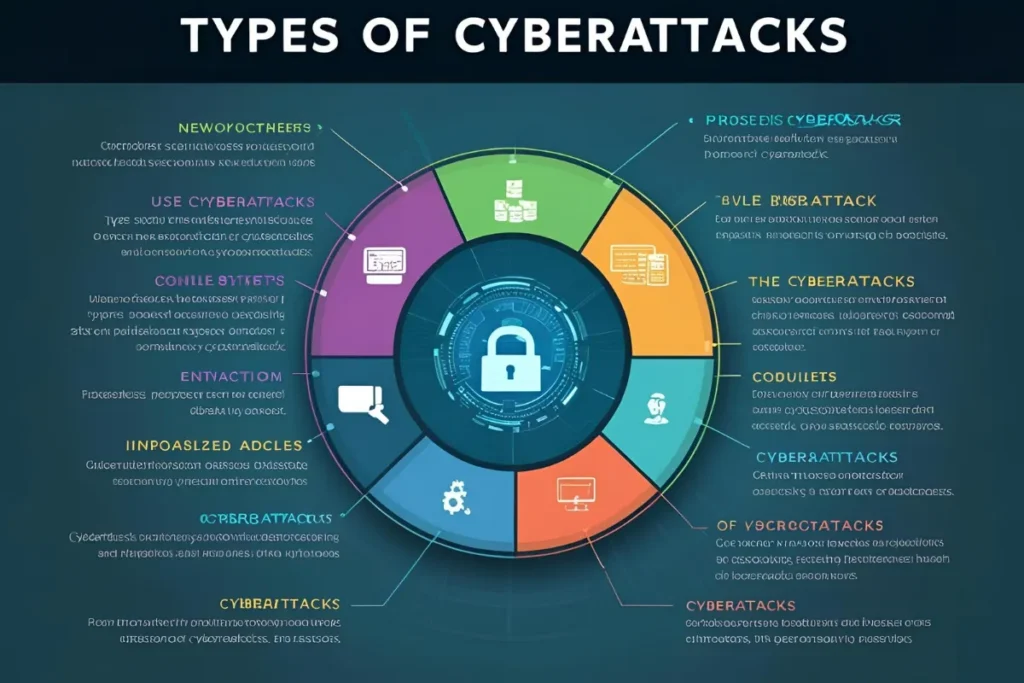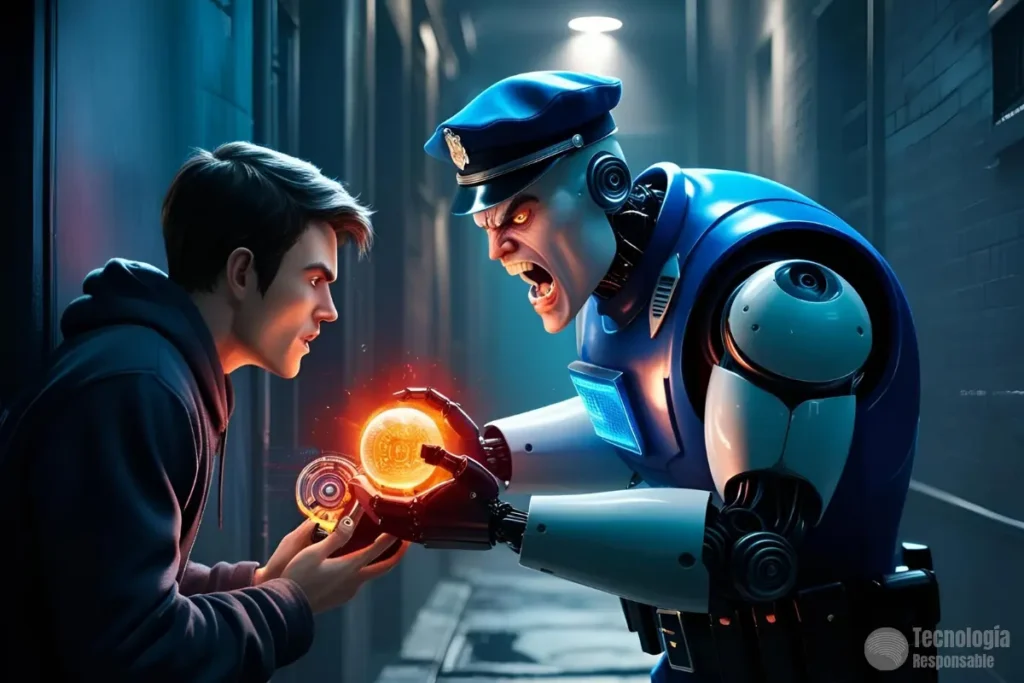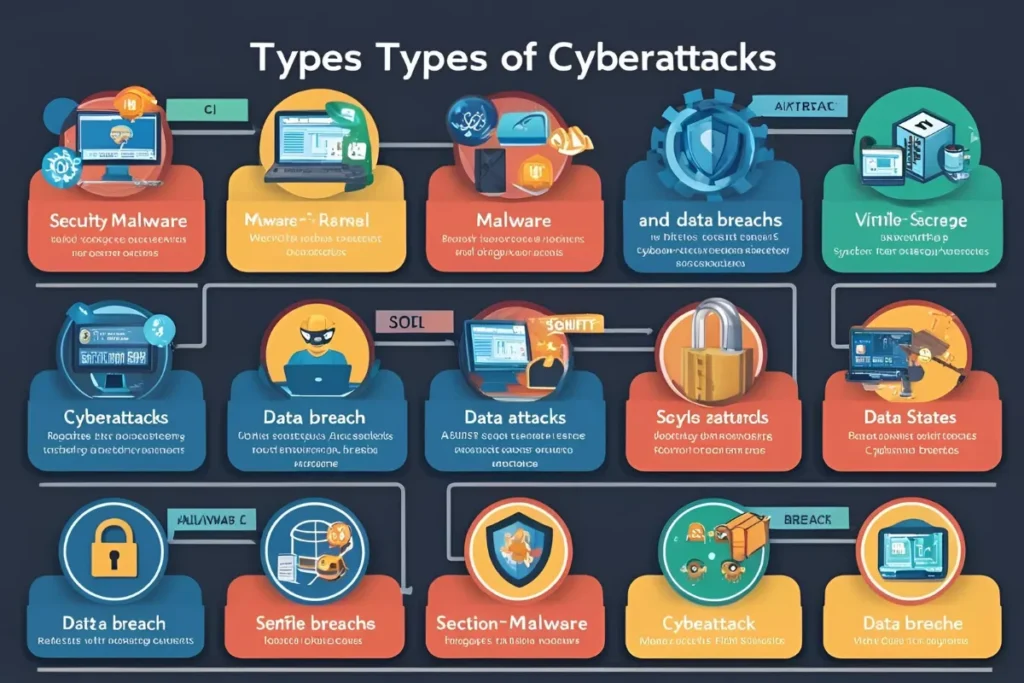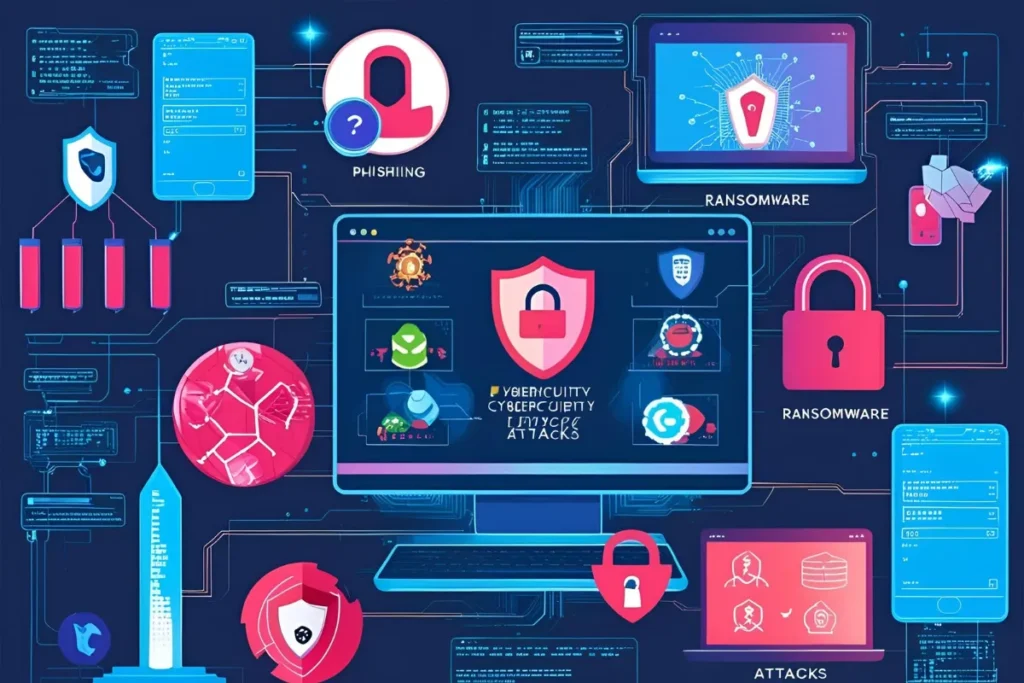Since the arrival of AI in cybersecurity, the sector has changed forever. Now there are more sophisticated forms of attacks, but the good thing is that security techniques have also emerged.
In this informative article, we will explore how innovation affects your security and how you can be prepared.
Table of Contents
What is AI in cybersecurity?

Artificial intelligence plays a very important role in security. Today, there are many ways in which AI can intervene in cybersecurity, from checking for vulnerabilities in systems to giving you advice to improve your virtual security.
I can say that AI is being widely used in the field of computer security, both by cybersecurity agencies and by people who care about their personal data.
Although, as Uncle Ben said: “With great power comes great responsibility,” and unfortunately, not everyone is responsible with the use of AI, as cybercriminals have developed ways and methods to implement AI in their cyberattacks, which poses a risk to everyone’s security.
Here at Responsible Technology, we take the responsible use of AI very seriously, both myself and the community, and to this end, we share how people can be prepared for cybercriminals.

Types of cyberattacks with AI
There are several techniques used by attackers with artificial intelligence, but the most common are:
- AI in social engineering: Artificial intelligence is capable of analyzing large amounts of social media profiles, extracting personal information that can be used by cybercriminals to guess passwords or usernames.
- Maximization of DDOS attacks: Cybercriminals can create coordinated denial-of-service attacks to maximize power or to make attacks come from different sources.
- Intelligent viruses: So-called polymorphic viruses are viruses capable of changing their code to pass through security controls as if they were harmless programs and then rewrite their code to do what the attacker wants. This is different from a Trojan that downloads malicious code when it enters a system, while polymorphic malware rewrites its own code without downloading anything.
- Deep fake: It is an advanced technique in which thousands of images are analyzed and hyper-realistic fake videos are created with the intention of spreading disinformation. For example, thousands of photos of a person are analyzed and the deep fake software creates a very realistic video with that person’s face to spread false information. This has been done many times and it is increasingly difficult to distinguish a fake video from a real one.
- Automation of attacks: AI can automate attacks such as phishing, or even maintain convincing conversations with victims in order to extract private information.
How artificial intelligence helps cybercriminals

Undoubtedly, AI seems like a dangerous tool that should be banned, but the reality is that artificial intelligence is not the problem but those who use it for evil.
Now with AI, cybercriminals can be more efficient in their attacks or manage attacks on multiple targets, which represents a greater threat to AI in cybersecurity.
Advances are being made every day on the dark side of computing, which means that we must be increasingly aware of new technologies to use them for good and how we can defend ourselves in case someone uses them against us.
Can AI replace cybercriminals?
Fortunately, AI is not advanced enough to not depend on a human.
Although AI in cybersecurity can perform multiple tasks more efficiently and faster than a human, it is not yet capable of completely replacing an expert cybercriminal since it will always need minimal human intervention, fortunately for us.
In addition, the malware used by cybercriminals is almost always created by themselves, since there are no companies that create such malware for the public, which poses a barrier to the development of artificial intelligence technologies for malicious people with few resources.
We have an interesting article about which are the most famous companies that develop AI.

Challenges of AI in cybersecurity
Now more than ever, we must be at the technological forefront to not fall behind in cybersecurity methods. It is vitally important to train cybersecurity professionals to keep up with the new advances of these AI tools.
A very big challenge is the speed at which AI is advancing, which often seems to be faster than we can learn. It is important to democratize knowledge for professionals in the sector and the general public, so that they know how to be protected against new threats.
We have an article about how professionals use AI in their daily tasks.

How to protect yourself from cyberattacks with AI
To protect ourselves from this type of attack, we have the basic cybersecurity advice:
- Do not click on unverified links: Check if it is phishing or a real link, especially in links from banks, social networks, or any other where personal and private information may exist.
- Distrust strangers on the internet: They may be using some chatbots to talk to you, and even to impersonate someone you know by imitating their way of speaking and most used expressions.
- Use updated antivirus: This will help you be protected against the newest attacks, and regularly scan your devices for any software or malware with suspicious activity.
- Use more secure passwords: I know it is easier to remember a password when it has personal information that cannot be forgotten, such as dates, nicknames, names of pets or relatives, but that is information that can be found in your social media profiles, with which an attacker could use everything they know about you to try to guess your passwords and gain access to your accounts. Use complex password generators, which are difficult to remember but more secure.
- Verify information sources: Look for information in trusted sources and do not believe everything you read or see on social media.

What does artificial intelligence demand from cybersecurity experts?
The demand is to always be trained and updated with the new security methods, which requires constant learning with the most relevant trends, in addition to promoting the responsible use of artificial intelligence in the general public, and also discouraging the use of these technologies for evil.
Summary:
AI, in addition to being used for good, can also be used for evil, which leads us to be aware and alert of how we interact in the virtual world, to be increasingly secure in digital environments.
Cybercriminals are not going to stop evolving their attack methods, so it is essential to be well informed and prepared to use AI in favor of cybersecurity.

